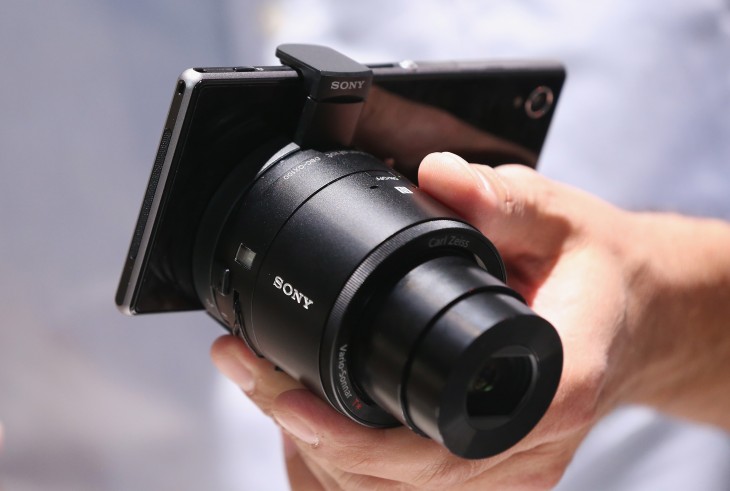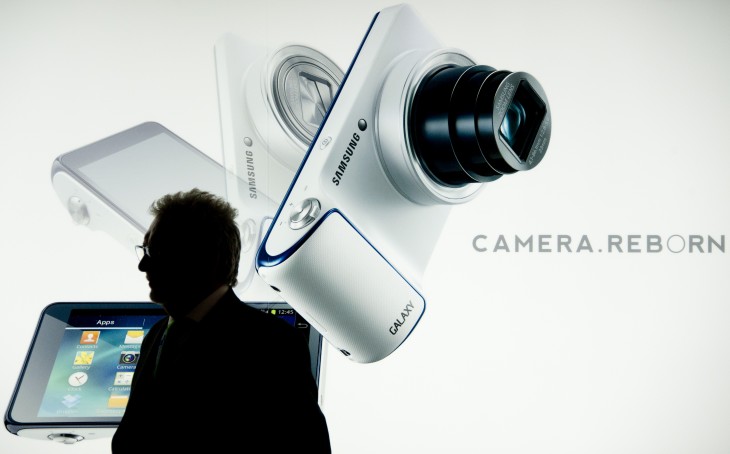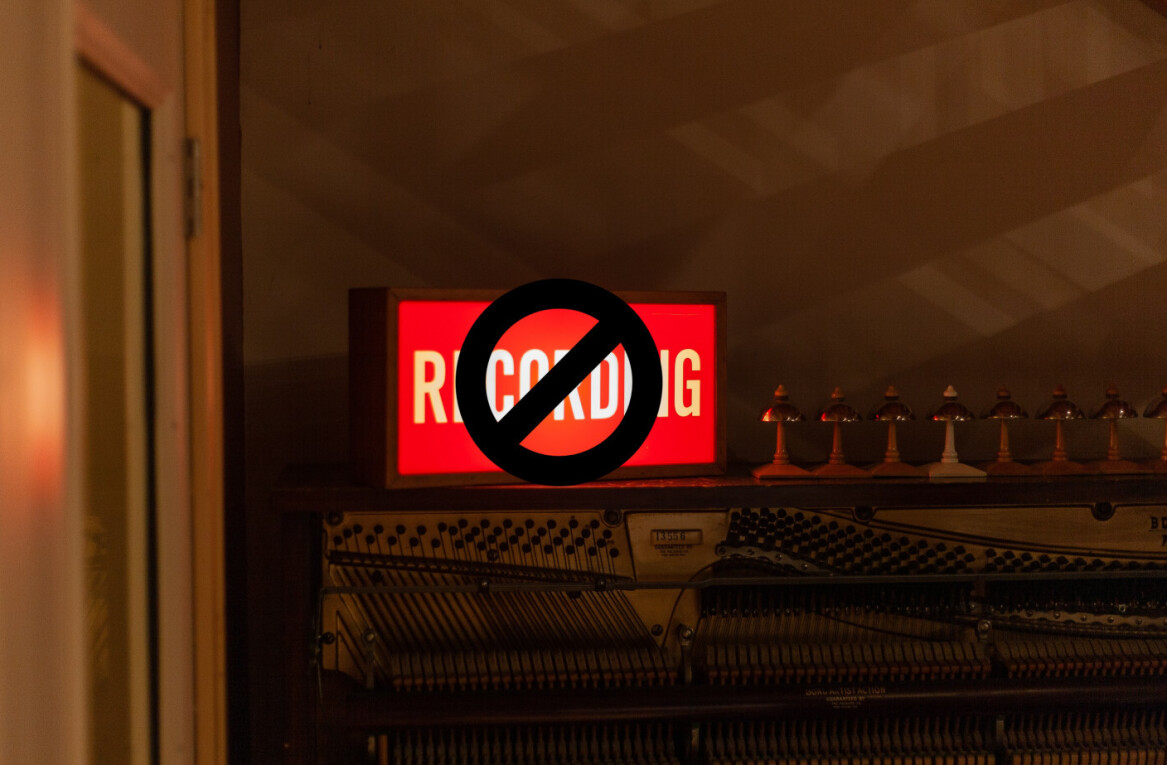
Mobile World Congress could be quite a show this year. Samsung, Sony, LG and Huawei are all expected to launch new high-end Android smartphones in Barcelona and an announcement from HTC, while unlikely, still hasn’t been ruled out just yet.
For all of the device manufacturers involved, these will be important, influential handsets that they need to sell in large quantities and create substantial revenue from over the next 12 months.
The stakes are high, but it’s an exciting time for consumers and the media as we get to discuss, compare and dissect all-new hardware.
The camera conundrum
This year, I firmly believe that Android smartphone makers can change their fortunes (or just protect their market share, in the case of Samsung) by launching a handset with an unbelievable camera.
Experiencing déjà vu? That’s because all of these firms were in an identical position last year. Google was steadily refining its mobile OS and although the hardware and software experience had improved on many Android smartphones, truly terrific cameras still proved elusive.

In 2013, many of the top Android OEMs tried to address this problem. We had the HTC One (our review), with its intriguing ‘UltraPixel’ 4-megapixel camera; the Sony Xperia Z1, with a gargantuan 20.7-megapixel sensor; the ‘shake-to-wake’ camera app on the Moto X, and the enormous Oppo N1 (our review) with its unique swivelling camera. A ton of different ideas were tested, but none of them solved the age-old problem that has plagued the Android market for years:
There still isn’t an Android smartphone that, in all lighting conditions, can clearly beat the current iteration of the iPhone.
I can say this with confidence because, even if you ask many of the most experienced photographers or die-hard Android enthusiasts, you’ll never get a definitive answer for this simple question: “Which Android smartphone has the best camera?” Some will slump for the Sony Xperia Z1, the HTC One or the Google Play edition Samsung Galaxy S4, while others will say the shots produced by their Moto X or Nexus 5 (our review) are good enough.
There’s never a clear winner though, which speaks volumes about the problem facing Android OEMs. Apple has built a glowing reputation for the iPhone’s camera and it’s become an important factor when customers weigh up their next handset purchase. The widely held belief – regardless of whether you believe it to be true – is that if you’re passionate about photography, the iPhone still offers the most competent and reliable rear-facing camera.

There is some truth to this argument. I’ve owned Android smartphones that have incredibly powerful components and a wonderful software experience, besting the iPhone in its ability to keep me productive and connected. But the camera has been so lousy, or so inconsistent, that I’ve also carried the iPhone with me for capturing spur-of-the-moment shots.
When it really matters, I know that the iPhone will always deliver. It’s also the reason why, whenever a new Android smartphone enters the market boasting a new and improved camera, most people ask how it compares to the iPhone.
Android: The next level
There is an opportunity to create an Android smartphone with a camera that can match, or even surpass the reputation of the iPhone. Manufacturers, as always, are looking for ways to differentiate and we’re entering a period where the leaps in sheer power are starting to shrink with each new device.
There are still gains to be made in the overall software experience, but aside from a monumental redesign akin to iOS 7, it’s rarely influential enough to affect the average person’s buying decision. (Having said that, I do know people who avoid Samsung devices because of its TouchWiz Android skin.)
We can expect most of the new devices at Mobile World Congress to have high-resolution displays, a sleek industrial design and an internal battery that is adequate, if not remarkable. All of these factors are hugely important – make no mistake – but they’ll never be what my parents or friends talk about excitedly over a cup of coffee at the weekend. They’re just not game-changers.
New cameras, meanwhile, should be exciting and far easier to market precisely because there is no general consensus to the question posed earlier: “Which Android smartphone has the best camera?” To set themselves apart and attract new customers, these manufacturers need to build a camera that is truly competitive with the iPhone and then market it heavily.
It’s a simple, but potentially powerful narrative: “Prefer Android to iOS, but care about photography? Don’t worry, the new [insert new device name here] takes better photos than the latest iPhone.”

Of course, for this strategy to work Android smartphone makers need to actually deliver on that promise. No matter what it takes, they need to build that outstanding camera experience – the hardware, software and how they come together – that gives you beautiful shots 99 percent of the time.
If the cameras on any of this year’s flagship smartphones aren’t substantially better than their closest rivals, it simply won’t be enough to make people switch. These firms need to earn that same widely held belief and word of mouth recommendations that Apple has enjoyed for so many years. If any of them can build a smartphone with a camera that is substantially better than its competitors, people will recommend it to their friends and family, or remember it when they next upgrade their handset.
One last shot
A decent camera, on its own, won’t be enough to make any flagship Android smartphone successful this year. As always, a compelling device needs good hardware, industrial design and software in equal measure. Even so, cameras are an area which Android smartphone makers have struggled with for years, and it’s high time that someone got it right.
Whoever cracks it first will have a huge advantage over its competitors and a better chance of making its devices commercially successful – provided it can communicate that prowess properly and match the marketing spend of tech juggernauts such as Samsung and Apple.

In 2014, I want to see a wave of new Android smartphones with truly great cameras. The last 12 months were ultimately disappointing – despite manufacturers’ best efforts – and I pray we’re not in the same position next year, banging the same drum. Android users deserve better.
Image Credit: Kevork Djansezian/Getty Images (2)/ Sean Gallup/Getty Images / ODD ANDERSEN/AFP/GettyImages
Get the TNW newsletter
Get the most important tech news in your inbox each week.




